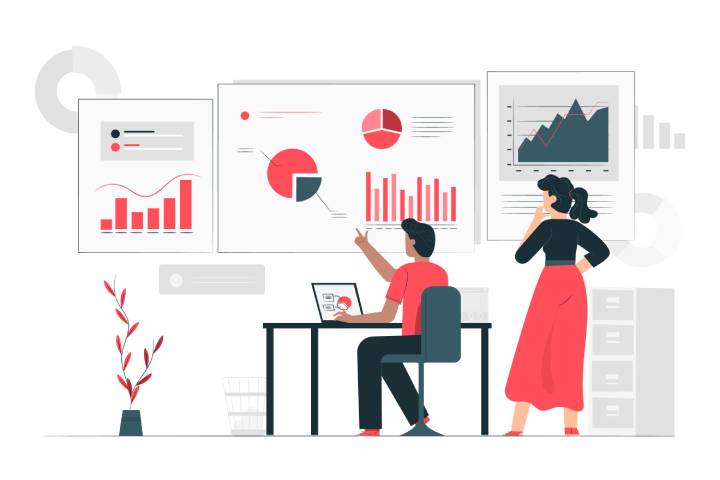In this article, we will continue talking about the basics of data management and look at what data provenance and data lineage are, how they are similar, and how these concepts differ. We will also analyze why these terms are especially important for Big Data, what tools help to work with them, and what GDPR has to do with it.
What Is Data Lineage And Data Provenance
First of all, we note that both terms are quite close to each other in meaning. They are even translated into Russian in the same way – “the origin of the data.” However, it is not entirely correct to consider them as synonyms.
Data lineage (data line) – Information that describes the movement of data from the source of their origin to the points of processing and use. The information represents data movement from the source to the points of processing. This metadata provides visibility so that errors can be traced and their root causes during analysis can be identified.
Thanks to the Data lineage, you can playback individual sections or inputs of a data stream for step-by-step debugging or recovering a lost result. Data line visualization clearly shows how they are transformed, how their presentation and parameters change, as well as how information flows separate and converge.
Thus, Data lineage is part of a broader concept called the origin of the data ( data the provenance of ). The data lineage provides a detailed description of where the data comes from, including analytics for its life cycle. Data provenance stores historical records of the direct provenance of data, including associated inputs, objects, systems, and processes.
Provenance focuses on the origin of the data, which allows it to determine its quality, identify sources, track errors and reproduce updates. Also, this metadata helps to sort the information in the repository by setting the appropriate audit trails.
In other words, Data Lineage is a record of the transfer of data from one point to another, while Data Provenance is a detailed documentation of data in order to ensure its reproducibility. Data Lineage explains where the data came from, and Data Provenance is an instruction to recreate it.
Why Track The Origin And Life Cycle Of Data, And What Does Data Management Have To Do With IT
In the world of Big Data, when there is more and more information, Data lineage and provenance allow data management by implementing the following Data Governance tasks.
- ensuring data quality by uniquely identifying their sources;
- increasing confidence in data through the transparency of all processes of working with them;
- Assistance in Data Steward’s operational activities, including the development of requirements for datasets and the design of new data pipelines, thanks to the completeness of the presentation of metadata and information about their changes at data transformation points.
Also, Data Lineage and Provenance provide a complete data audit, which is especially important for compliance with regulations such as the GDPR (General Data Protection Regulation). As a reminder, this General Regulation on the Protection of Personal Data (PD) of citizens and residents of the European Union provides for a Privacy Policy, which describes general information on PD processing, information about the purposes and nature of the processing.
From a technical point of view, Data Lineage and Provenance help ensure data consistency by linking metadata across disparate systems at a logical level. They also help to answer the Data Engineer’s question, which files processed by the MapReduce job created this particular output record. Or, for example, in which Apache Kafka topic, the dataset has been enriched with new data about already existing objects. This can be useful when debugging various ETL / ELT processes, operators, and control of data flow granularity.
Data lineage and ruler help improve the quality of Machine Learning models and graph analytics. The following applications of Data Lineage and Provenance in Data Science are interesting.
- finding hidden patterns in disparate data, taking into account information about the sources and transformations of objects;
- Machine Learning algorithms, in particular deep learning, can use information about how users work with data to recognize speech, images, or video, as well as solve other similar problems;
- By using graph analysis of data line nodes enriching data sets
Also Read: What Are The Security Risks Of Cloud Environmental








